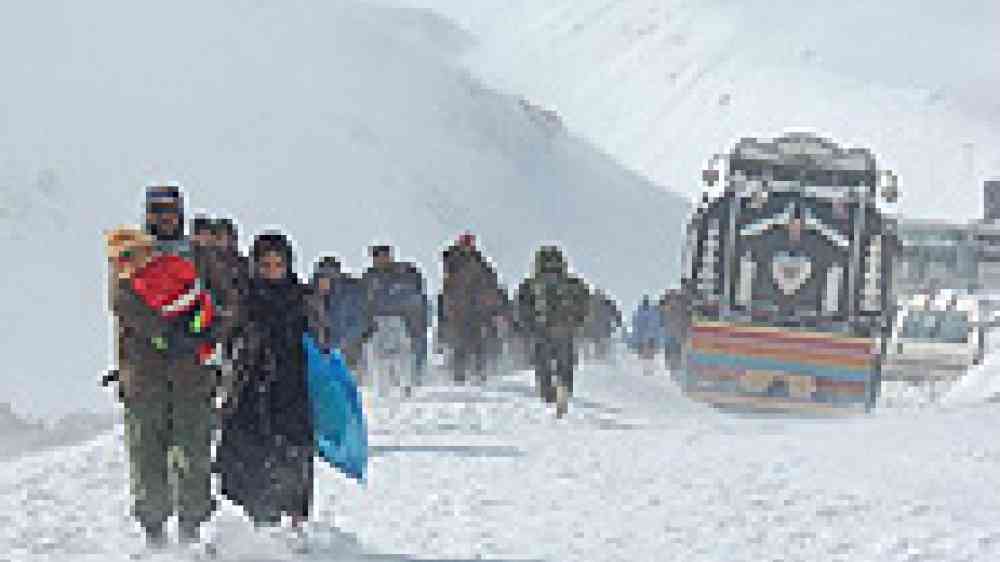
Kabul - The recent Salang pass avalanche disaster in northern Afghanistan in which 175 people were killed and dozens injured is prompting questions about the extent to which it could have been avoided or mitigated.
Hundreds of passengers travelling through the 2.6km Salang tunnel on 8-9 February were trapped and many others on the open road swept away.
"It was another institutional failure in our disaster management system," Shukria Barakzai, a member of parliament, told IRIN.
There has been criticism of the disaster management services led by Second Vice-President Karim Khalili, but the government has praised the response, saying hundreds of lives were saved.
"We evacuated over 3,000 people who could have died," Abdul Matin Edrak, director of the National Disasters’ Management Authority, told IRIN.
Experts say more could have been done to enhance early warning systems, and the government has vowed to punish officials who may have acted "recklessly" in preventing or mitigating the disaster.
About 16,000 vehicles ply the Salang pass every day.
Ahmad Shah Wahid, deputy minister in the Public Works Ministry, told IRIN all resistance walls had collapsed in the latest avalanches. He said proper measures to protect the pass from avalanches would require "at least US$30-40 million."
"Earthquakes, floods and avalanches are not predictable," said Abdul Qadeer Qadeer, director of the National Meteorology Authority (NMA), "but we had forecast heavy snowfall in the Salang area."
Officials acknowledge the importance of hydrometeorology in the prevention and management of natural disasters but complain about NMA’s institutional weakness.
"We lack technical capacity, resources and the basic tools to make reliable weather forecasts and climate analyses," said Qadeer.
Lack of implements to detect and save trapped passengers impeded life-saving efforts, officials said.
The government is often forced to rely on the goodwill of the UN, international forces and other non-state actors in such disasters. Nicolas Melendez, an ISAF spokesman in Kabul, said the organization responded to the request of assistance very quickly and helped evacuate many trapped passengers.